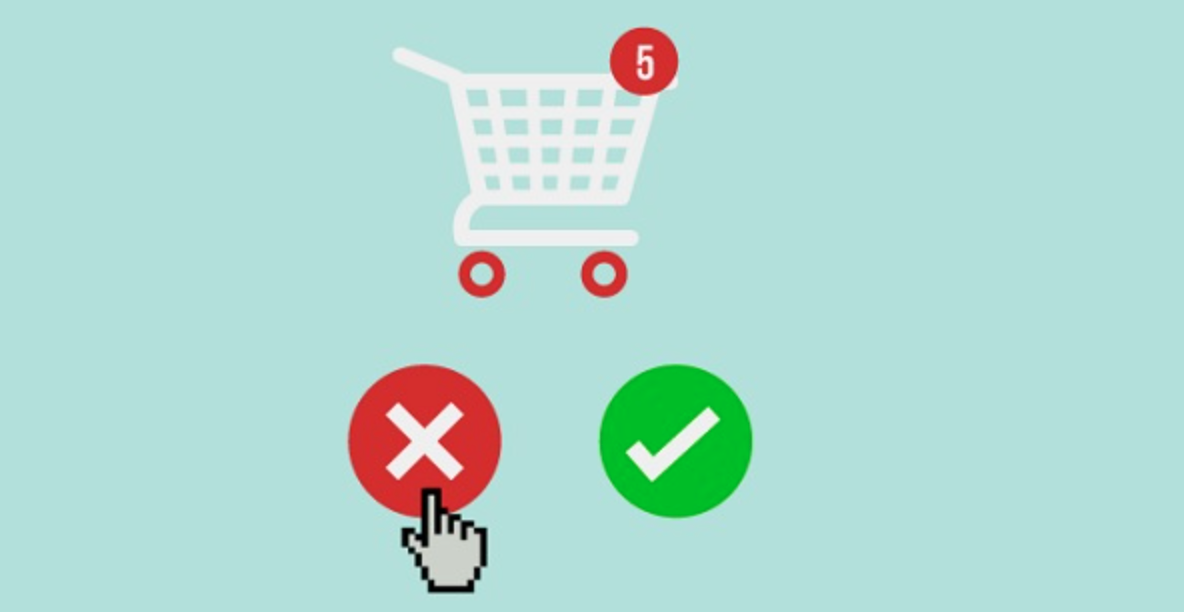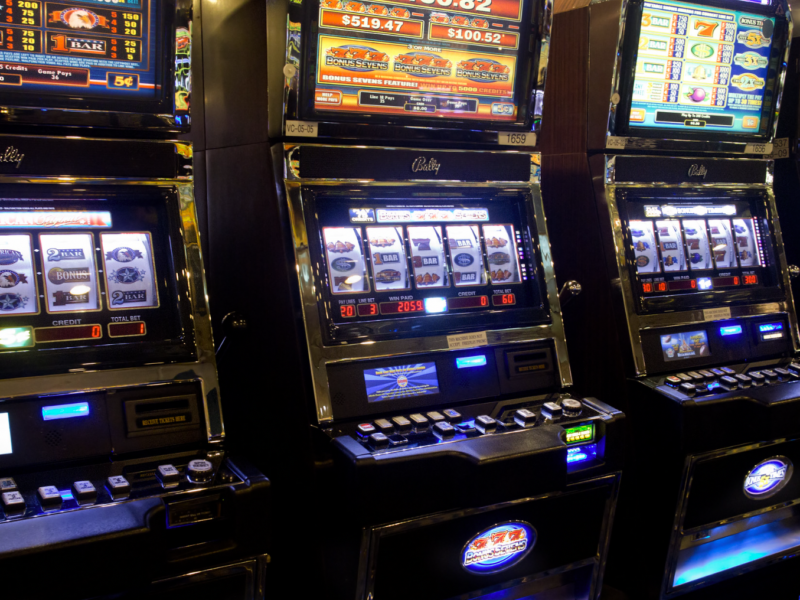Cart abandonment is a $4.6 trillion problem for e-commerce stores.
But when is the most effective time to retarget customers to remind them to finish the purchase?
Most people think as soon as possible.
But this might be completely wrong. At least according to a study of 64,000 customers from a recent Ariyh newsletter issue.
- Retargeting customers too early (less than one hour) annoys them. It comes across as too pushy and makes them less likely to complete their purchase.
- Retargeting customers after 24 to 72 hours makes them more likely to complete their purchase.
It does make sense
- Users might get annoyed when a business “follows them” on the web right after they left the business’s website. This might lead to losing that customer forever.
- The sales generated by early retargeting campaigns would happen anyway because in that time window users still remember about the purchase. For instance, after a coffee break or after completing a task in a different tab on their web browser.
- The goal of retargeting is to remind people about the abandoned cart. Three hours after they leave the website, they probably still remember about it. But 1 or 2 days later, retargeting can be a useful reminder and is more likely to convert.
Limitations of the study
- The retargeting message didn’t use a discount, special offers, urgency, or scarcity tactics.
- The timing of retargeting depends on the industry you’re in. For instance, before somebody buys a DIY piece of furniture, they first have to take measures of the house, check colors, and more. So naturally, you might retarget longer after the initial “add to cart” versus something like a pair of clothing.
What does it mean for you?
- Try to pause the instant retargeting campaigns you have on and observe the results. Do it in small steps though. Pause some retargeting campaigns you have on and see if the sales actually decrease.
- Or, if you’re not already doing it, you can test using discounts or urgency right from the first retargeting message.
Swipe this basic abandoned cart email sequence
Each product you sell has a different set of objections to buy, so the cart recovery sequences you use will take time to optimize.
But, as a good starting point, you can swipe this example sequence right here.
1) Thirty minutes after the customer leaves your website
Remind them to complete the purchase, include a link to their cart, and ask them if they need any information to complete the checkout or if they encountered any issues along the way.
2) Four hours after abandoning their cart
Ask them if they had any problems during the checkout, tease them about the product once again, and include a link to their cart.
Give them a discount or free shipping.
3) Twelve hours later – “life on the other side” email
Show them the transformation your product will create by sharing your most captivating reviews and testimonials.
In this way, you build social proof and desire at the same time. Also, start teasing the urgency and scarcity factors.
4) Two days after – warming up
Now the prospects aren’t as warm as they were on the day they checked your product.
You need to build up desire again: show them the problems your product solves, show them how your product made the life of your customers better.
And leverage urgency again.
If you can, increase the discount or offer other incentives.
5) Three days after – guarantee + urgency
Get more aggressive with urgency or scarcity.
And tell them that this decision has no risk because they’re covered by a guarantee.


